The Cooper's Craft
'Cooper (profession)', at Wikipedia
'Barrel', at Wikipedia
The Cooper (Bedford County)
Eighteenth Century French Coopers
Making Wooden Buckets

All photographs by Donald Albury in this blog are licensed under a Creative Commons Attribution-ShareAlike 4.0 International License.
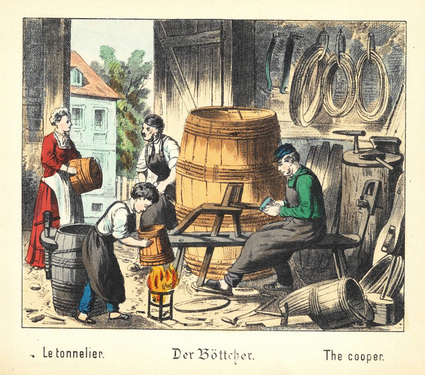
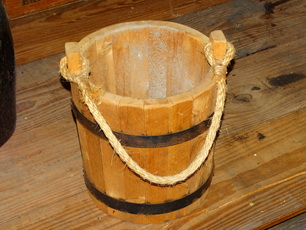
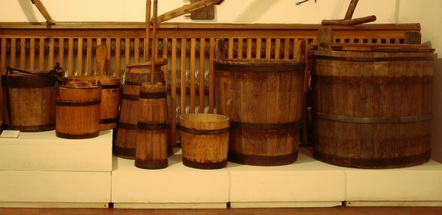
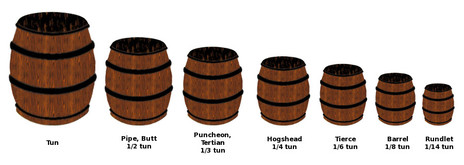
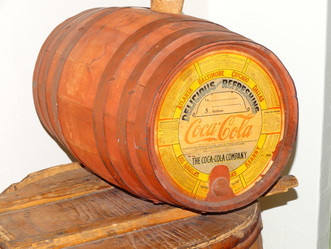
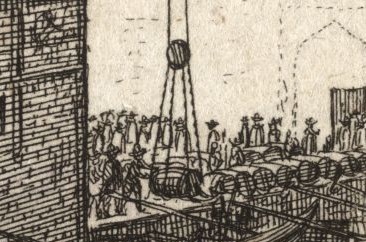
 RSS Feed
RSS Feed
